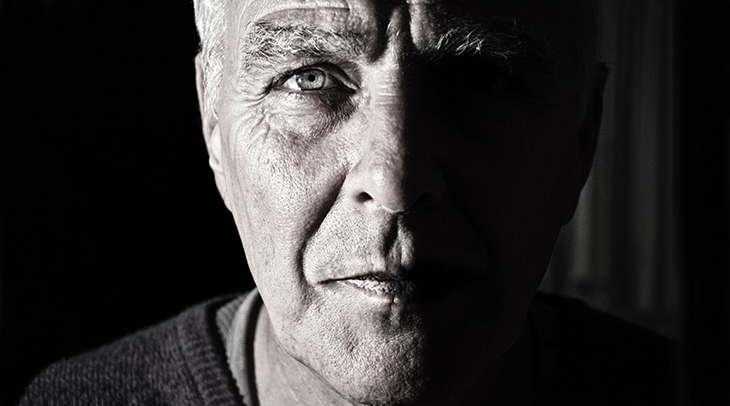Glaucoma Types, Risk Factors & Prevention
March 6-12 is World Glaucoma Week. Since Glaucoma is the second most common cause of vision loss in seniors, early detection and treatment is critical to prevent blindness or severe vision loss. Glaucoma vision loss usually begins with a loss of peripheral (side) vision, and if untreated can narrow to tunnel vision or complete blindness.
 (Photo: Simon Wijers via Unsplash)
(Photo: Simon Wijers via Unsplash)
Most Common Types of Glaucoma for Seniors and Adults Age 50+
- Primary open-angle glaucoma (including normal and low-tension glaucoma) – The most common form of glaucoma occurs when the eye becomes less effective in draining fluid, causing raised eye pressure (ocular hypertension) and ultimately, damaging the optic nerve.
- Symptoms – such as vision loss are very gradual and may not become obvious until it is too late, and damage to the eye is permanent. Typically, blank spots begin to appear in the field of vision. Since eye pressure is changeable from day to day and person to person, one eye pressure test may not be sufficient to identify the early stage of open-angle glaucoma.
- Primary acute closed-angle glaucoma (narrow-angle glaucoma)- When the iris is too close to the drainage angle in the eye, it ends up blocking it – causing a buildup of fluid in the eye, and a rapid rise in eye pressure.
- Symptoms – may include any/all of the following: severe eye pain, suddenly blurry vision, seeing bright coloured rings around lights, headache, nausea, vomiting. This is considered an eye emergency and requires immediate treatment in order to prevent blindness. People with farsightedness (difficulty in seeing objects close up) or an Asian heritage may be at higher risk, and should avoid decongestants and other over-the counter medications that are contra-indicated for people with glaucoma.
- Secondary glaucoma – Other eye problems and diseases – such as injury, inflammation, surgery complications, diabetes, and some medications (ie, steroid therapy) – can cause secondary glaucoma.
- Symptoms – Most common secondary glaucoma types for people age 50+ are pseudoexfoliative glaucoma (typically seen as deposits of whitish-gray protein on the eye), and neovascular glaucoma (fibrovascular membrane growth on the eye).
- Glaucoma “Suspect”
- Symptoms – When eye pressure is normal but the optic nerve or visual field indicates potential for glaucoma – or – if eye pressure is higher than normal but other glaucoma symptoms are not present – then careful monitoring by an opthalmologist is required.
Glaucoma Risk Factors & Prevention
- Elevated pressure in the eye
- Family history
- Aging – Age 40+ are at higher risk, and risk factor increases with aging
- Ethnicity
- Myopia (nearsightedness) – difficulty in seeing objects that are further away
- Diabetes
Regular opthalmologic examinations, including eye pressure testing, are necessary in order to identify glaucoma at the early stages and prevent more extensive vision loss.
For more information about Glaucoma:
Canadian National Association for the Blind (CNIB)
American Academy of Opthalmology (AAO)
*This article is for informational purposes only and is not intended as medical or mental health advice, nor is it a substitute for professional medical or mental health advice, diagnosis, or treatment. Always seek the advice of a qualified physician or mental health provider with any questions you may have regarding a medical or mental health condition. In the event of a medical emergency, call a doctor or 911 immediately. This website does not recommend or endorse any specific tests, physicians, products, procedures, opinions, or other information that may be mentioned on the Site. Reliance on any information provided by this website is solely at your own risk.*
